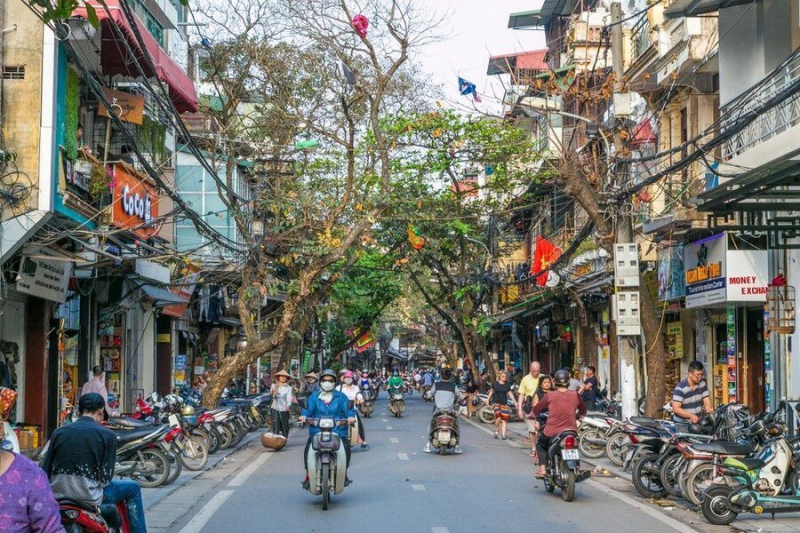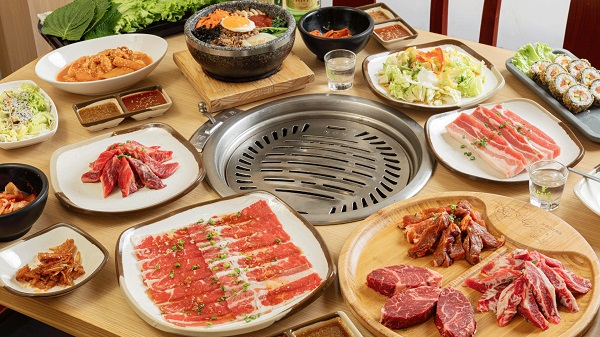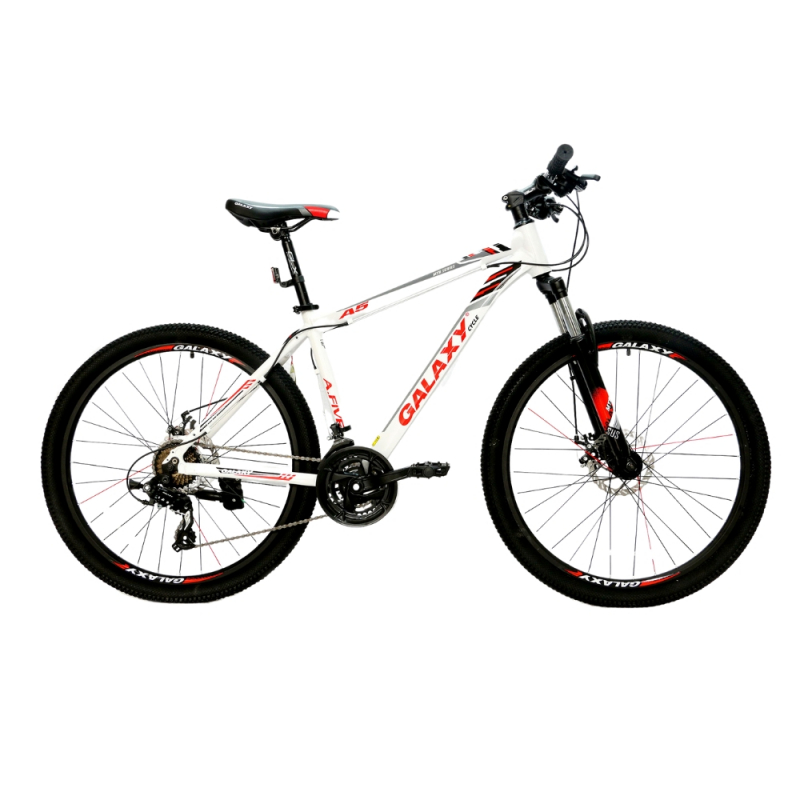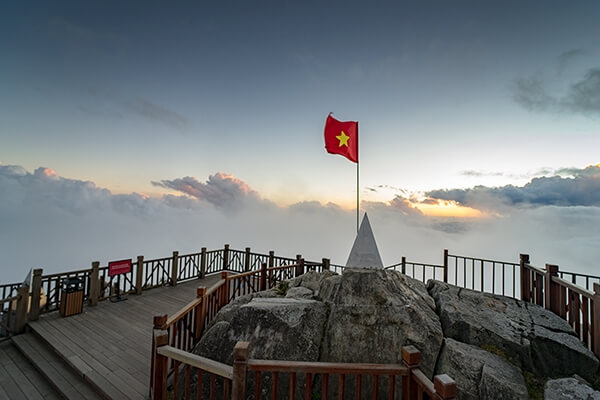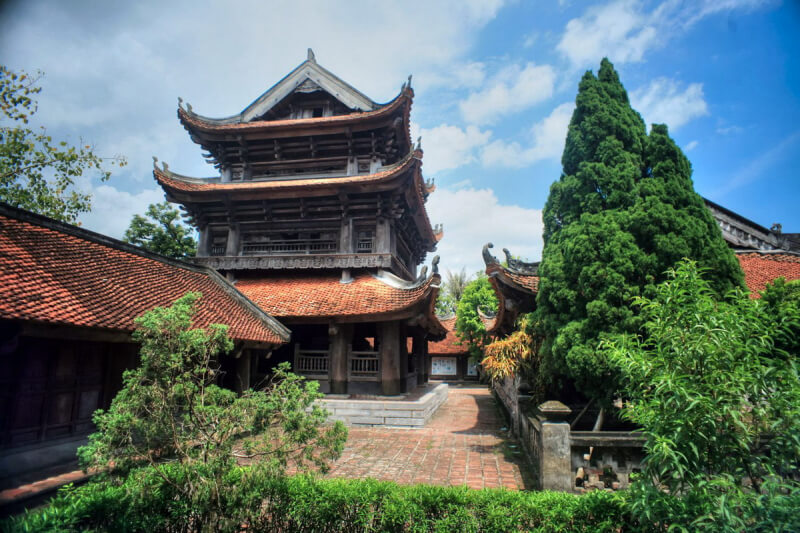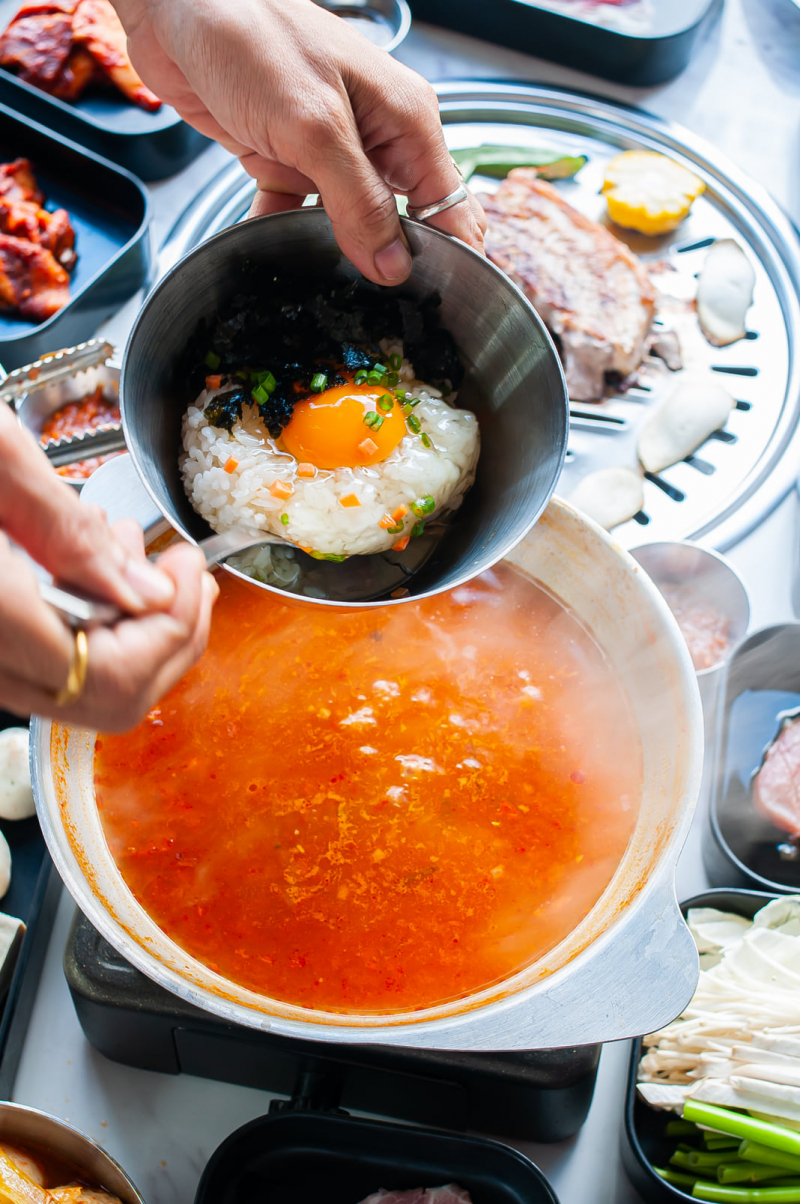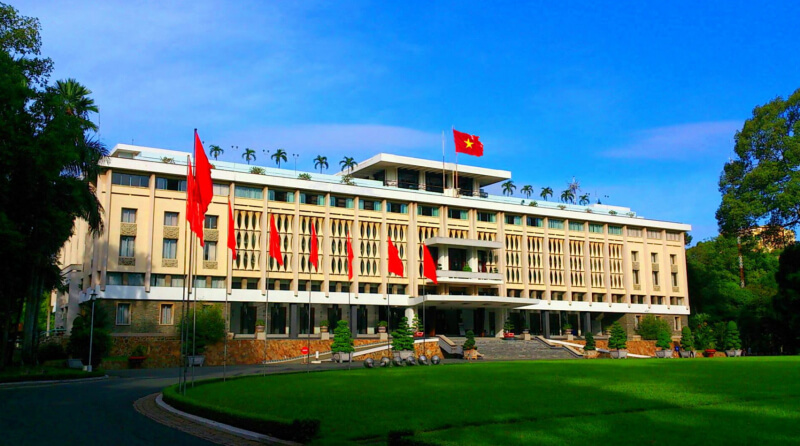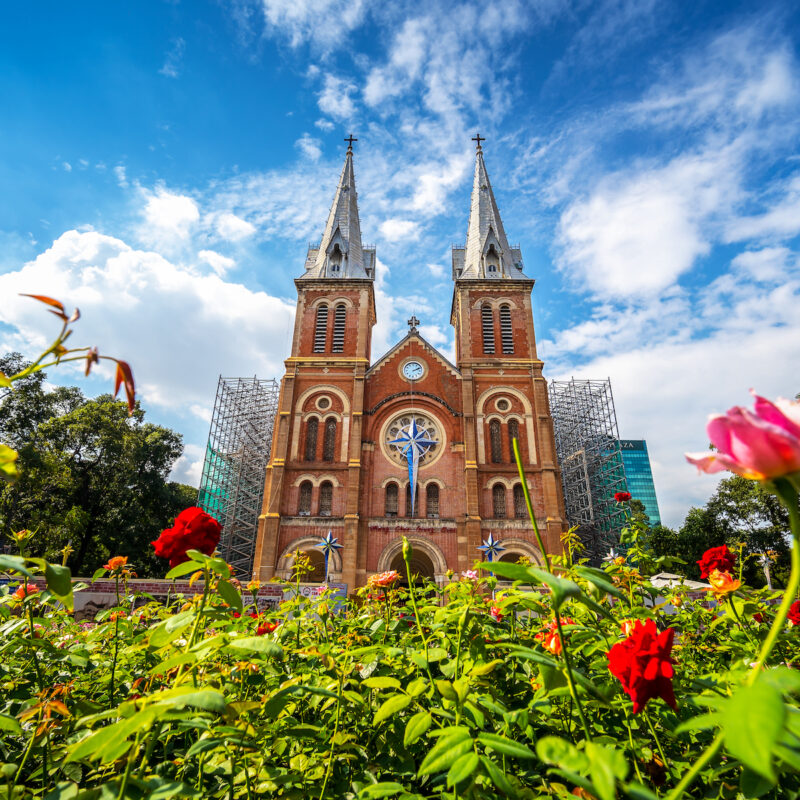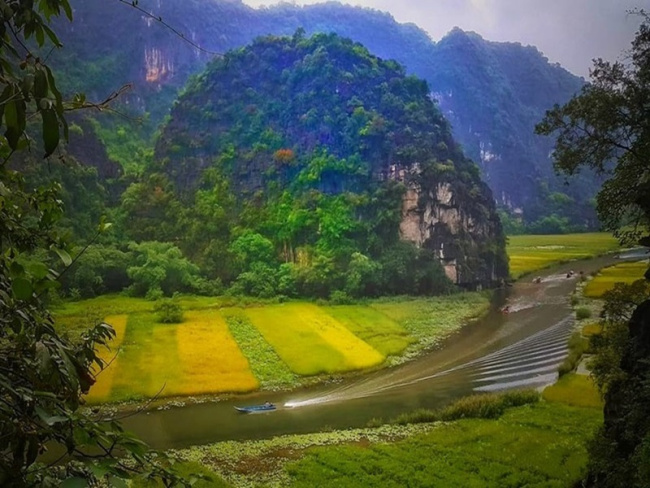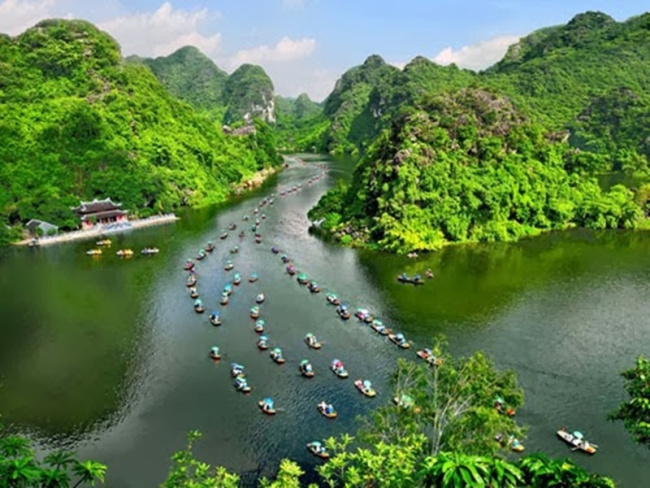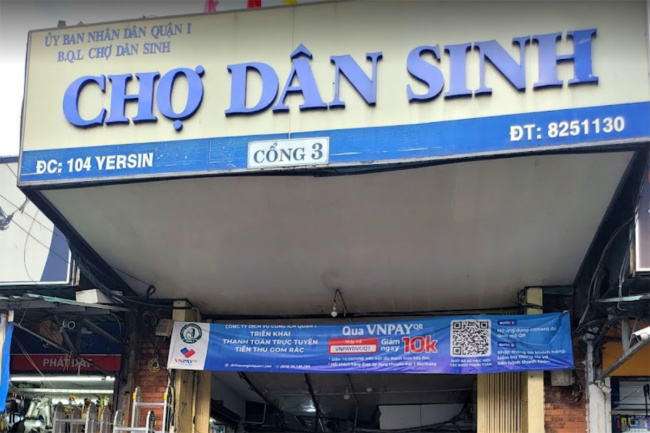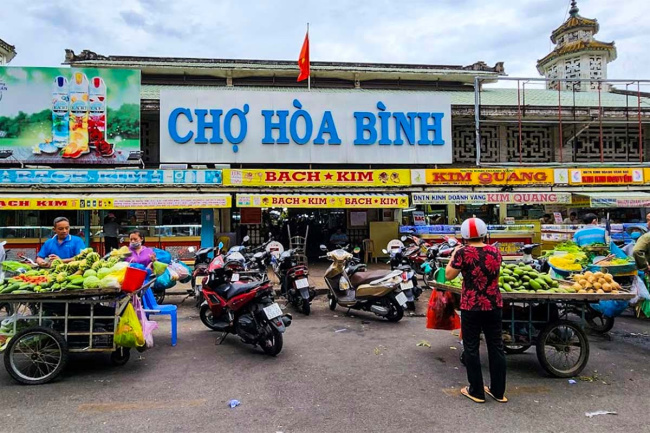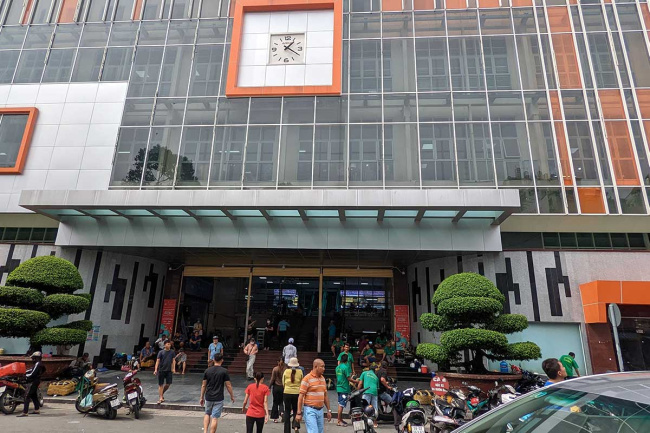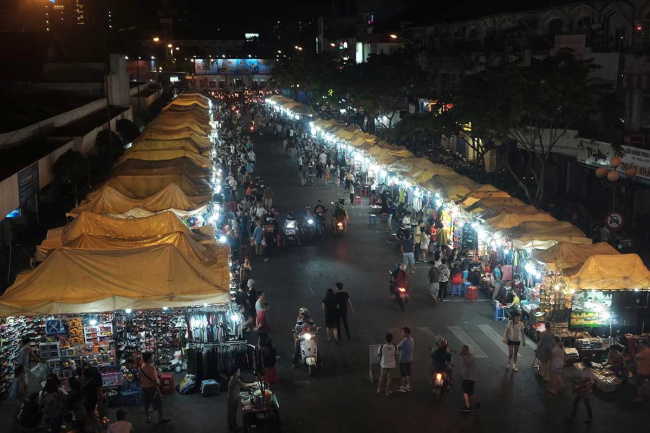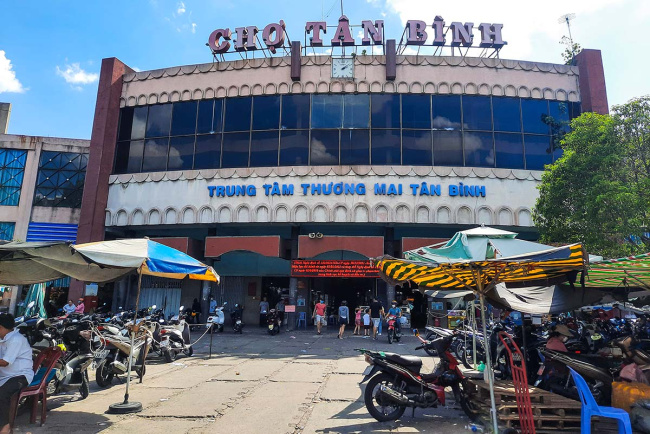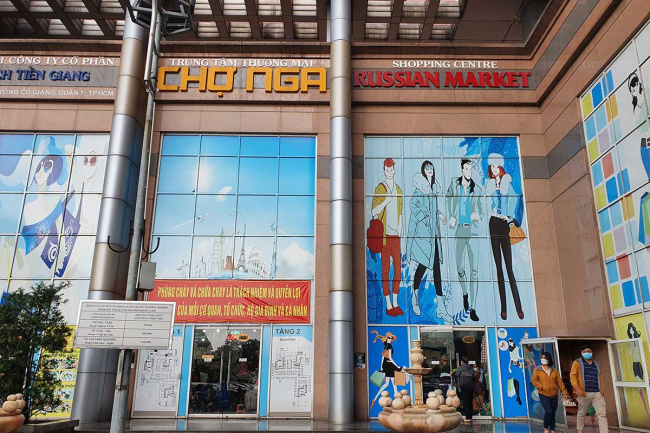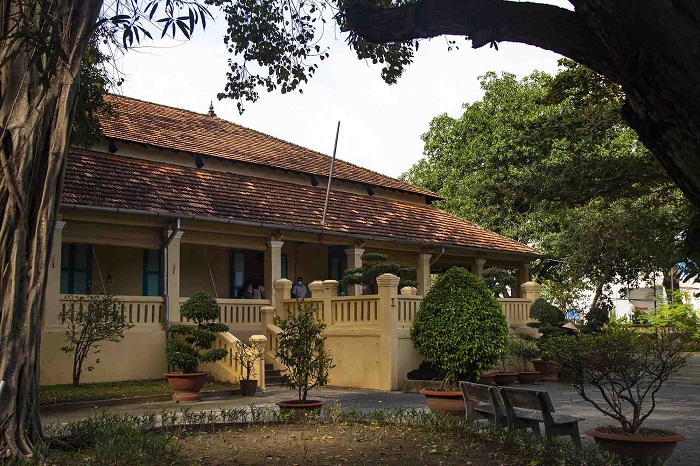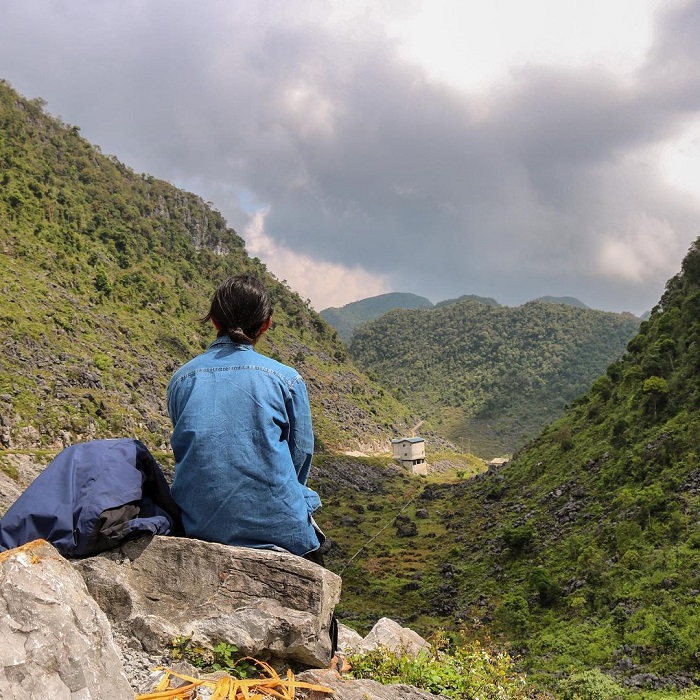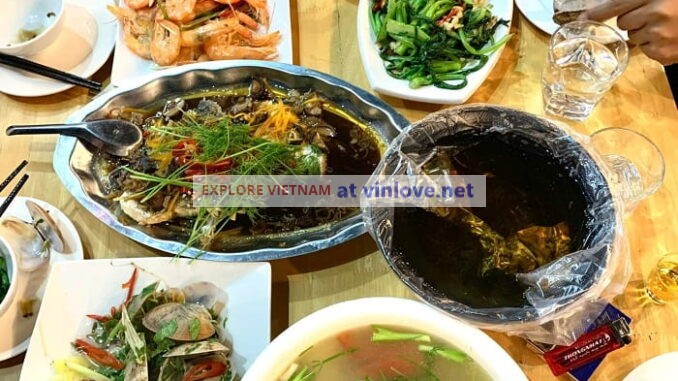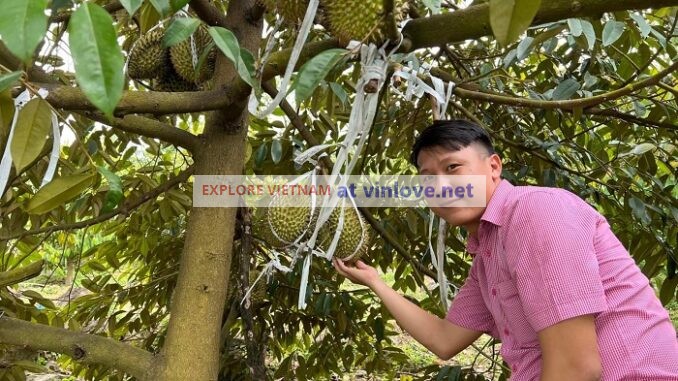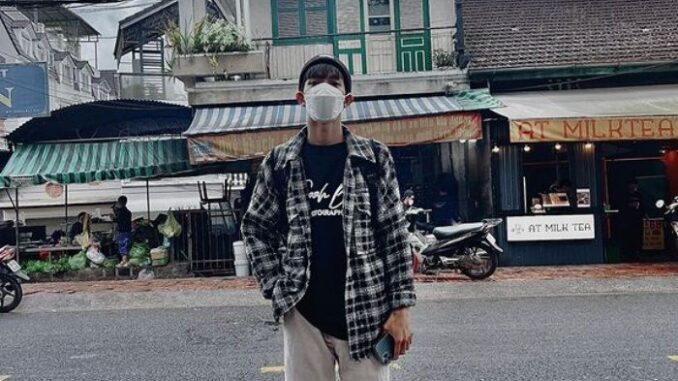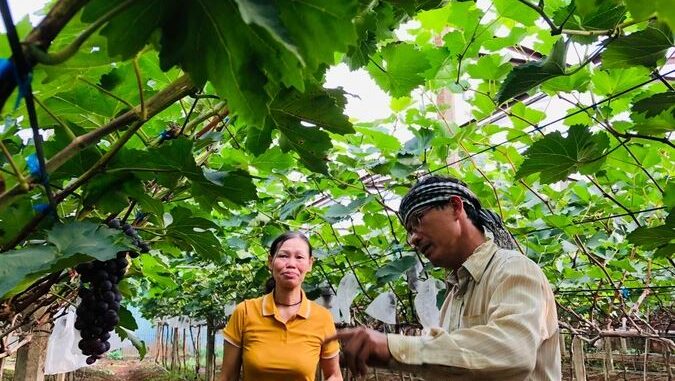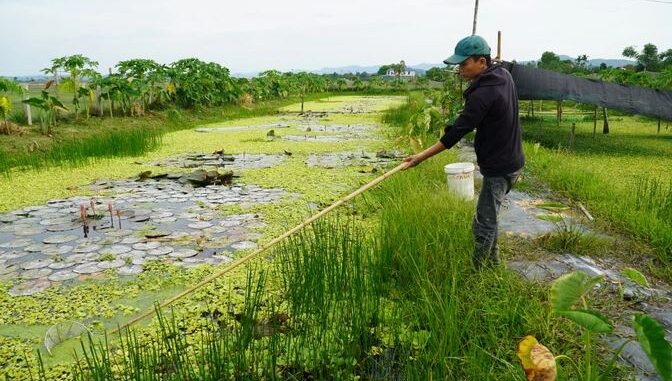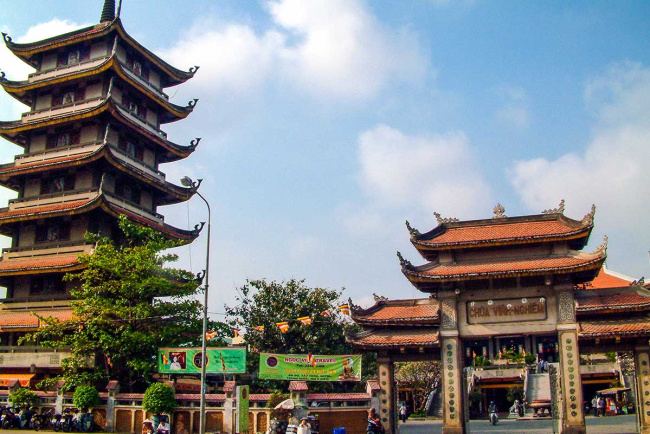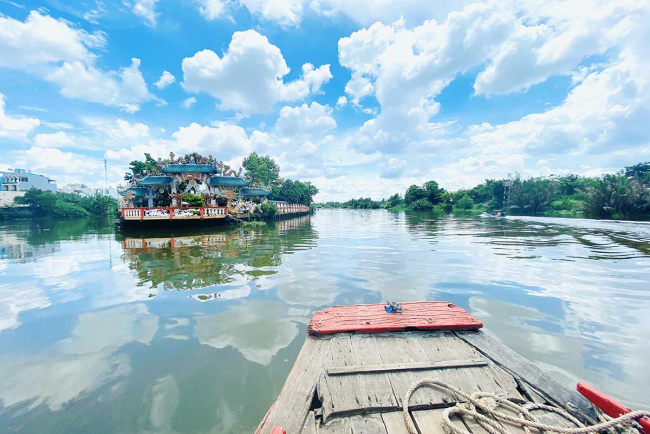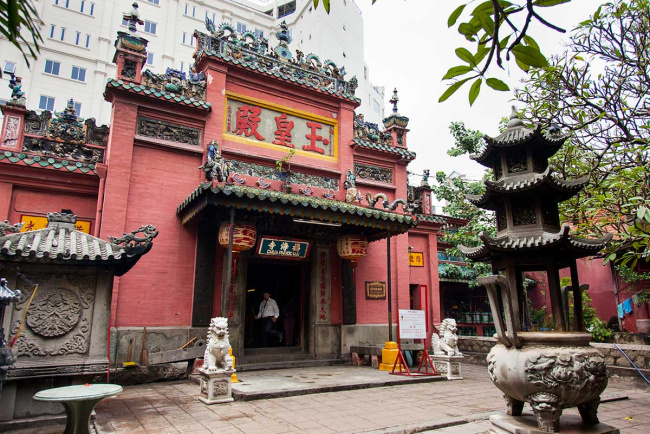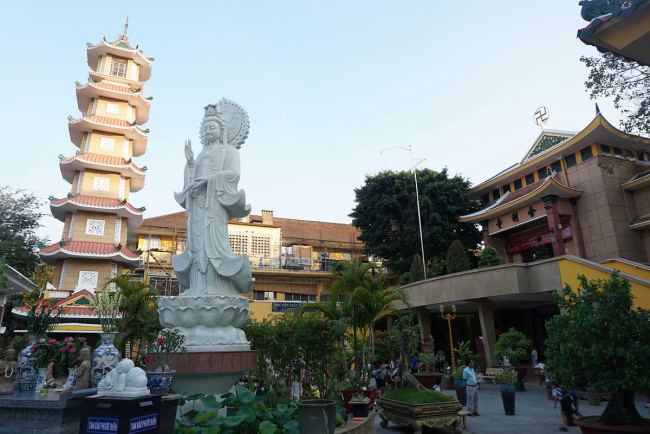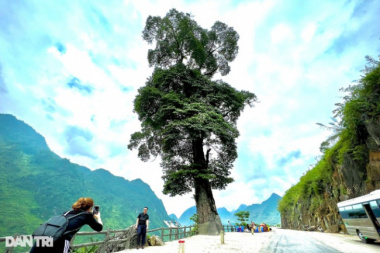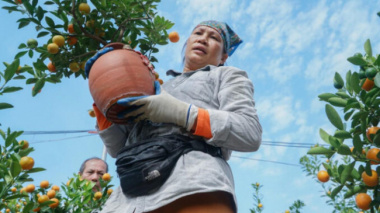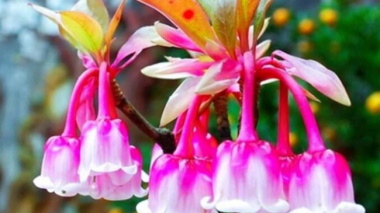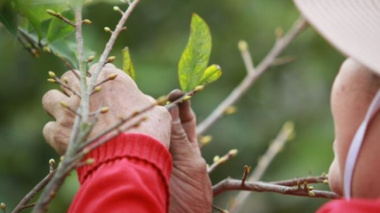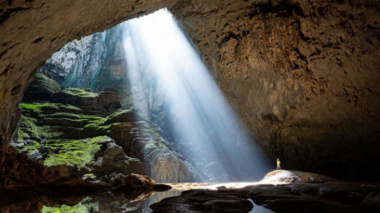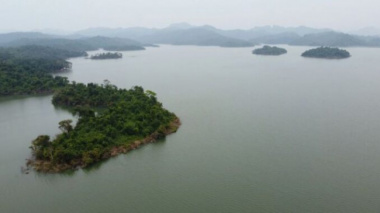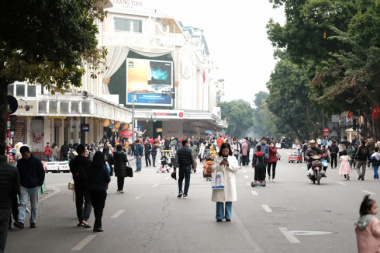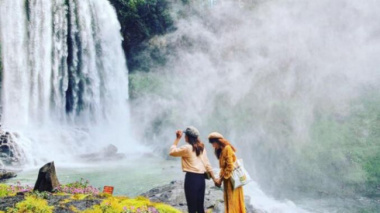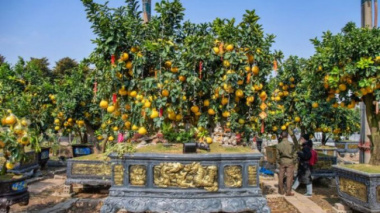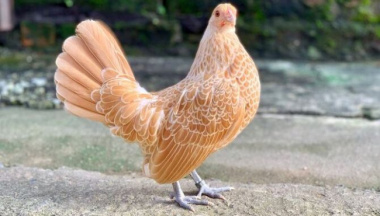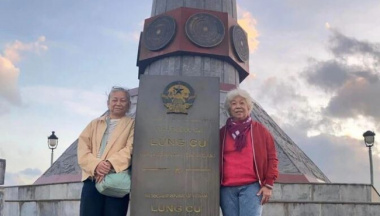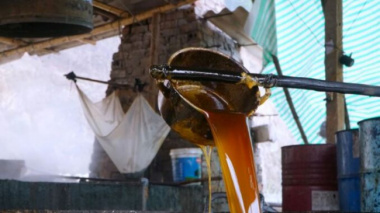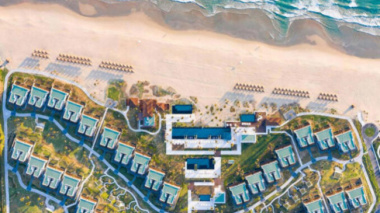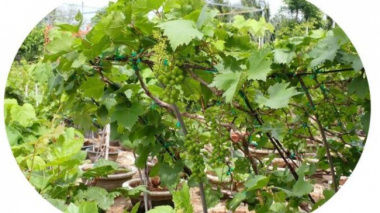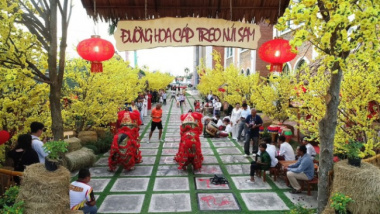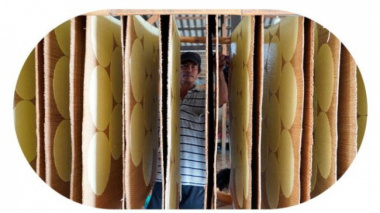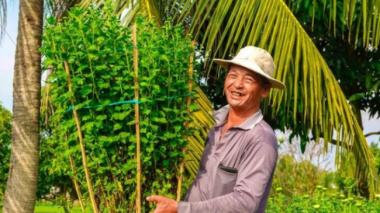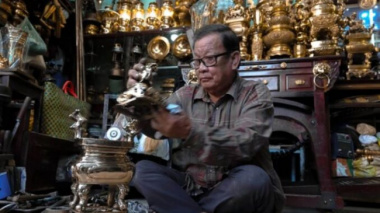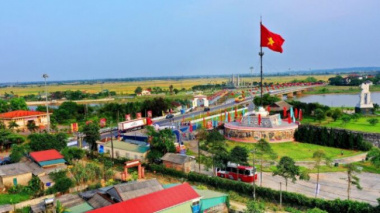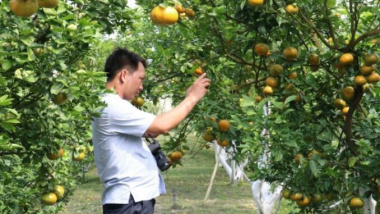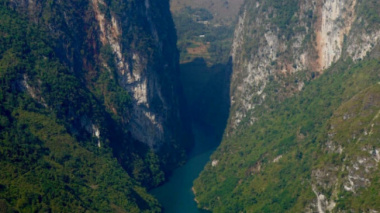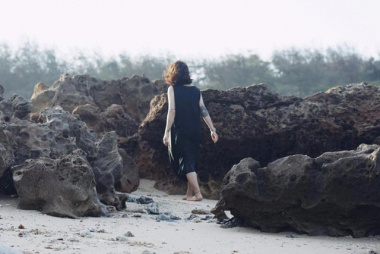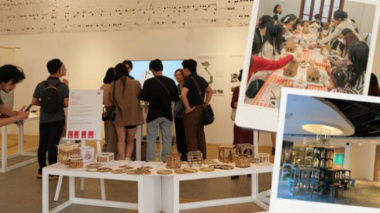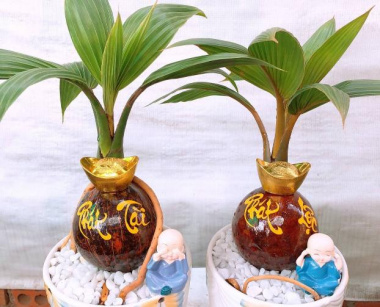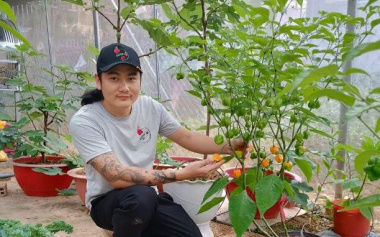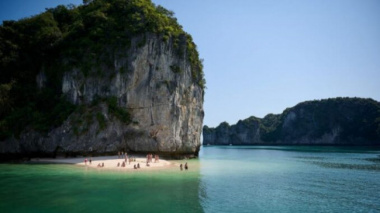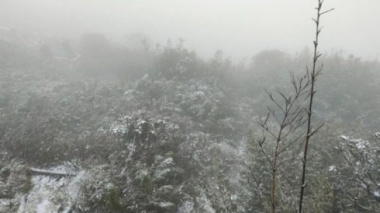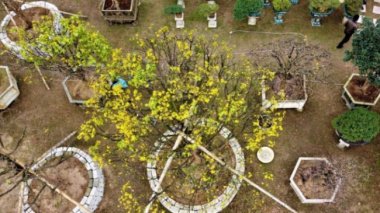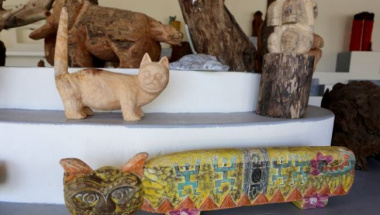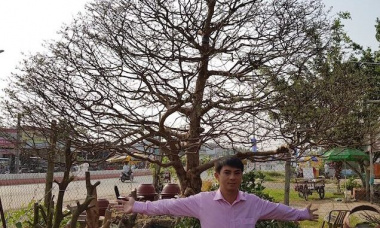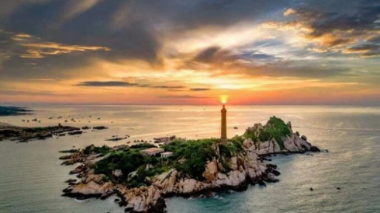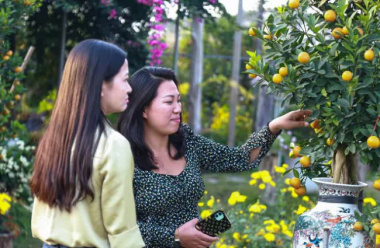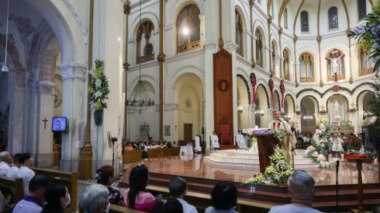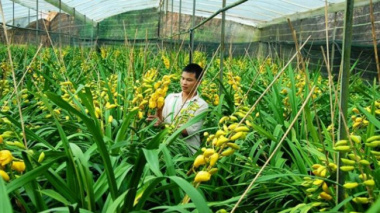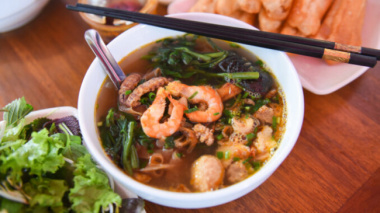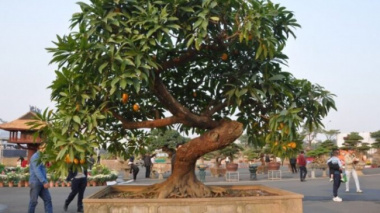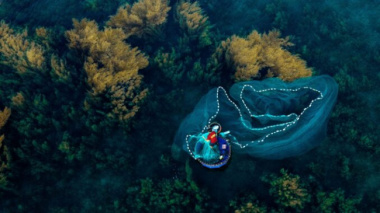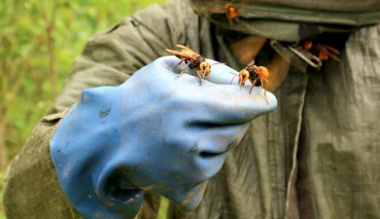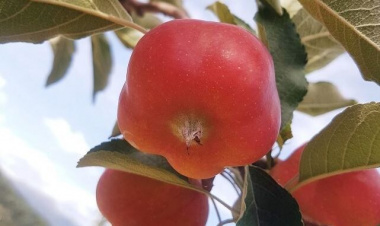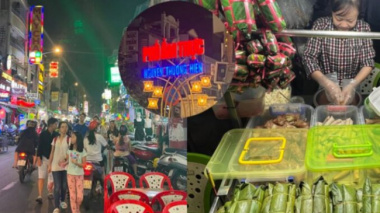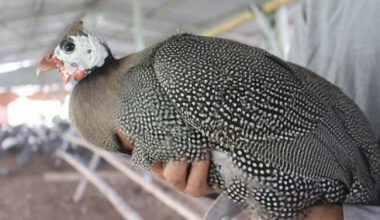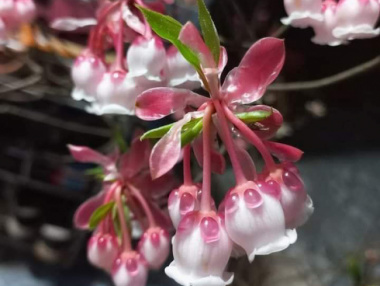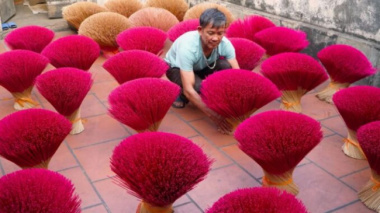What are some of the natural resources in Vietnam?
- Vietnamese Gold Mines
- Bong Mieu Gold Mine
- Phuoc Son Gold Mine
- Zinc & Lead
- Other Minerals and Metals
- Orange Pearls
- Land and Soil
With products such as coal, petrol gas, and precious metals, Vietnam has become a hub of diversity for resources in Southeast Asia. The mountainous and coastal subtropical country is filled with a wide variety of natural resources.
Because of its ability to produce many valuable materials and minerals, the mining and quarrying industries account for a large percentage of the country’s workforce.
Oil
Considering that Vietnam is one of the top three oil producers in Southeast Asia, the country has been recognized as a leader in the industry. A government-owned company named PetroVietnam is the sole provider of oil in Vietnam, contributing to the country’s national Gross Domestic Product with 25% of the state budget.
Each year more oil seems to be produced, with some years getting as much as 7% more than former ones.
Gas
Gas is another highly valued natural resource in Vietnam, holding more than 25 trillion cubic feet of gas reserves. Most of the gas produced is used for everyday living in the country, with the majority of it being used on residential buildings. For the time being, Vietnam has enough of this natural resource to meet its own demands for the next several decades.
Coal
Vietnam is home to the third-largest coal power plant in the world. The first and second biggest are in China and India.
Being one of the most prized export commodities, coal is among Vietnam’s most essential natural resources. It’s ranked second the most important in the country, and in the early 2000s was able to double its production from 2003 to 2005. As more time passes, the demand has grown, and so has Vietnam’s ability to produce it.
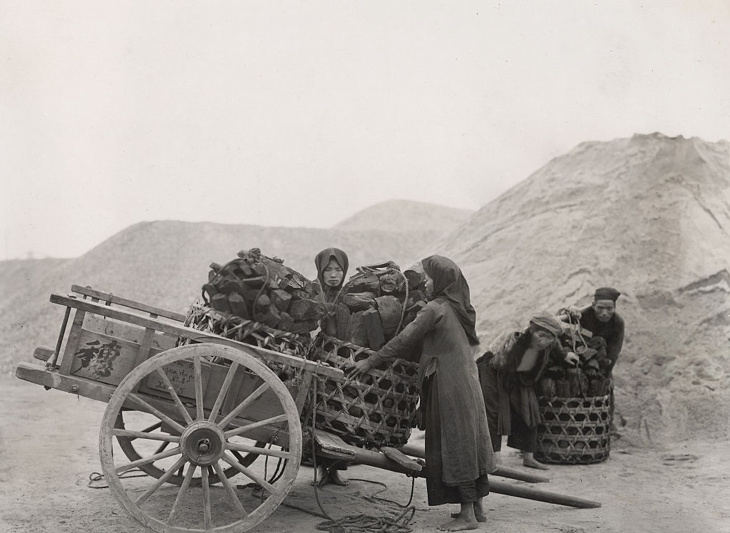
Loading coal on a handcart in Hanoi area, circa 1920. Photo by: manhhai
To give an example of how much coal is produced each year, more than 43,700 tons were extracted in 2009.
Coal’s primary function and usage in Vietnam can be attributed to thermal power plants, manufacturing, and even fuel for domestic and commercial homes and businesses. The government owns all of the national coal, and the industry reportedly employs about 31% of the mining sector of jobs.
Gold
Considering that Vietnam is ranked the #9 country for global gold consumption, it’s no surprise that officials looked for a place to source it in their native land. Gold is labeled as a financially safe resource that is reliable to fall back on no matter what condition the economy is, so the Vietnamese put a lot of stock into the precious metal.
Even though it’s not one of the most significant mined sources, there are enough areas in Vietnam that produce gold to consider it a commodity.
Vietnamese Gold Mines
There are two main areas for gold mining in the country. While these mines are unlikely to allow visitors, the general area is popular for travelers and amateur diggers looking for precious metal.
Bong Mieu Gold Mine
The Bong Mieu Gold Mine is a primary source of gold in Vietnam. It’s located in the Phu Ninh district by the Tam Lanh community and was once operated by an actual gold mining company.
When the business suffered and collapsed, it became a hot spot for independent miners to try their luck. Unfortunately, the once-forested area is now a land space filled with deep holes all over the place. Gold still remains in the territory, and since the government hasn’t been able to control traffic in the area, people still flock to Bong Mieu.
Phuoc Son Gold Mine
Phuc Son is the largest gold mine in Vietnam, and at its busiest point in time, it had over 1,000 employees. The start of its operation was in 2011, and in 2013 produced about 70,000 ounces of gold. Operations are currently suspended at Phuoc Son.
Zinc & Lead
Vietnam is also known for naturally sourcing zinc. In 2020 it produced 12,000 metric tons, a considerable decrease from 36,000 metric tons just a decade earlier in 2010.
One of the biggest mines in the country for both zinc and lead is the Na Tum mine in the Lao Cai Province. Of its current reserves, it’s projected that of the ore harvested, roughly 5% is lead, and 10% is zinc.
Copper
In 2020, roughly 21.6 thousand metric tons of copper was mined in Vietnam. This was a significant improvement from 2010 when only a little more than half of that amount was collected in an entire year.
Bauxite
Used for aluminum production, bauxite is another one of the country’s most heavily resourced materials. Vietnam is the third-largest source for bauxite globally, with its most abundant reserves being in the Central Highlands, where it has been minimally mined so far.
The total predicted amount of bauxite in Vietnam holds around 5.4 billion tons across all of its reserves.
The current annual production of this resource totals about 30,000 tons annually. However, two of the approved mining projects will be in the Dak Nong and Lam Dong provinces and will produce about 600,000 tons of bauxite per year once they are complete.
Other Minerals and Metals
Some of the other, less-abundant metals and minerals found in Vietnam are silver, nickel, and manganese. There have also been discovered reserves of titanium, chromites, and phosphate rocks, but these materials are not dominant in the country’s mining industry.
Orange Pearls
Found almost exclusively in Halong Bay, Vietnam is about the only place in the world that you’ll find a rare orange pearl. Instead of coming from clams, these orange beauties are sourced from a scarce snail species called a “melo melo.” Even if you are lucky enough to pull up a melo melo shell, there’s only a tiny chance it will contain an entire pearl as opposed to fragments or nothing at all.
Forests
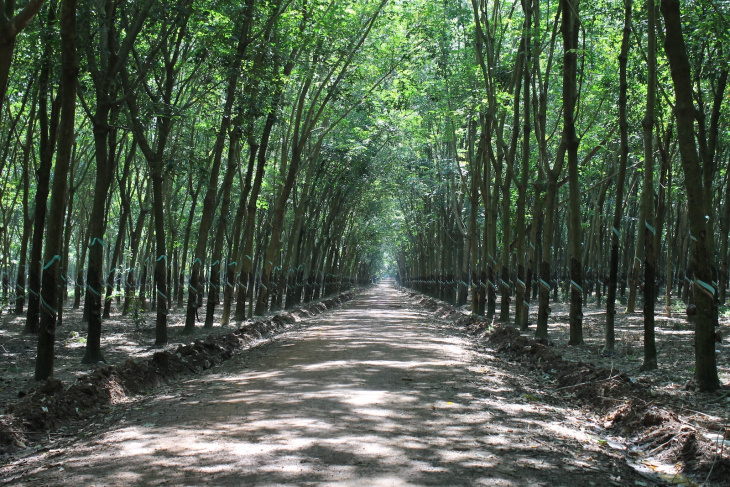
Rubber tree plantation in Vietnam. Photo by: jaq.jobes
Illegal logging and trading of timber is major issue in Vietnam. There are only certain forest plantations that are acceptable to harvest from to use in the domestic industry. According to the country’s Ministry of Agriculture and Rural Development, the main trees used in the plantations include Eucalyptus trees, rubber trees, and Acacia.
The wild forests in Vietnam are rich with timber and lots of diversity in plant and animal life but have become much more protected in recent years. There are about 1,500 types of medical plant species, over 800 types of trees, and about 60 kinds of bamboo species.
Additionally, there are more than 800 birds, 180 reptiles types, and nearly 300 different mammals. Even though animals aren’t used as a specific resource, they help maintain the natural environment and contribute to Vietnam’s overall ecology.
Water
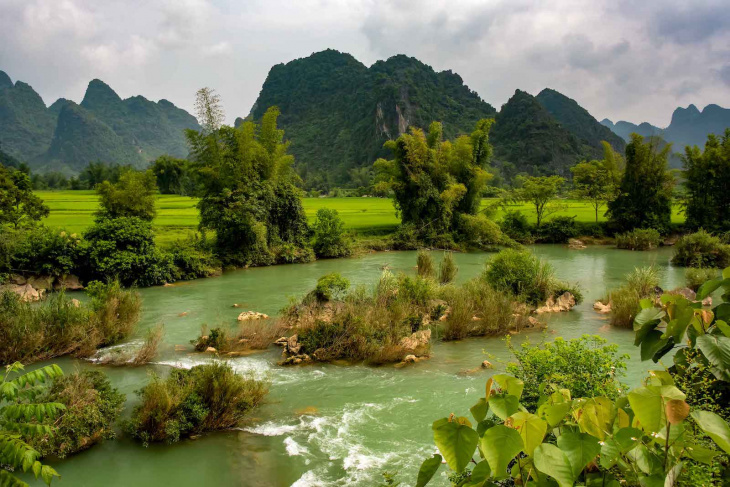
Quay Son River, Vietnam. Photo by: Rod Waddington
Water is one of the most important natural resources in Vietnam, and it has more renewable water than the average country, with about 9,560 m3 units per capita. Rivers are the primary suppliers, including two of the most significant sources: the Mekong River and the Red River.
With the increasing water demand each year, the Vietnamese government has prioritized protecting its quality from decline, especially in residential areas, and preventing the upstream transboundary resources from constantly flowing.
While the country gets a lot of rainfall, that water isn’t evenly spread around Vietnam. Since farming and agriculture are a massive part of the culture and business, the importance of water is just as immense in the city as it is out in the rural areas.
Land and Soil
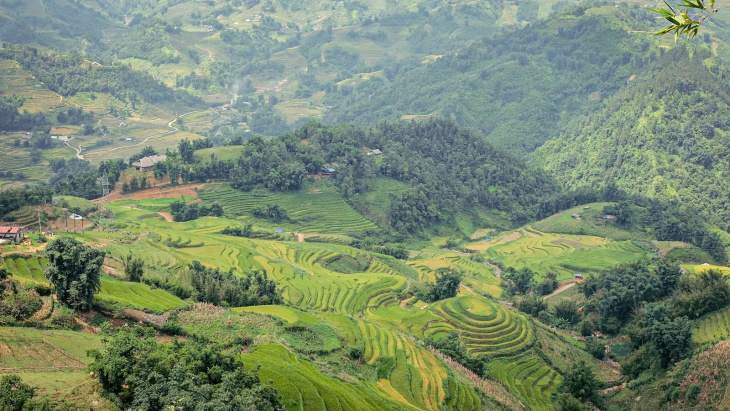
Lao Cai Rice Terraces Vietnam. Photo by: Moritz Lino
Vietnam has year-round farming capability and employs roughly 8% of the workforce in the country. Most of the growing happens in the southern terrace, but small areas in the northern regions are used for crops too.
The most important crop in Vietnam is rice, grown in the delta rivers and citrus, bananas, and coconuts. Coffee and tea are produced in the central highlands.
The types of soil vary throughout the land, but even right in the delta region, there is a lot of diversity in types. Some of the earth is perfect for growing, while other sections are malnourished and unusable.
Regardless, the Delta area is the most heavily worked and can produce a lot of crops. The most predominant kinds of soil are the red and yellow podzolic soils, lateritic soils, gray podzolic soils, and alluvial soils.
Located on the eastern coastline of the Indochina Peninsula, Vietnam is rich in the aforementioned natural resources. Plus there are numerous others thanks to its diverse terrain and favorable climate.
Đăng bởi: Hoàng Tuyết Nhi


